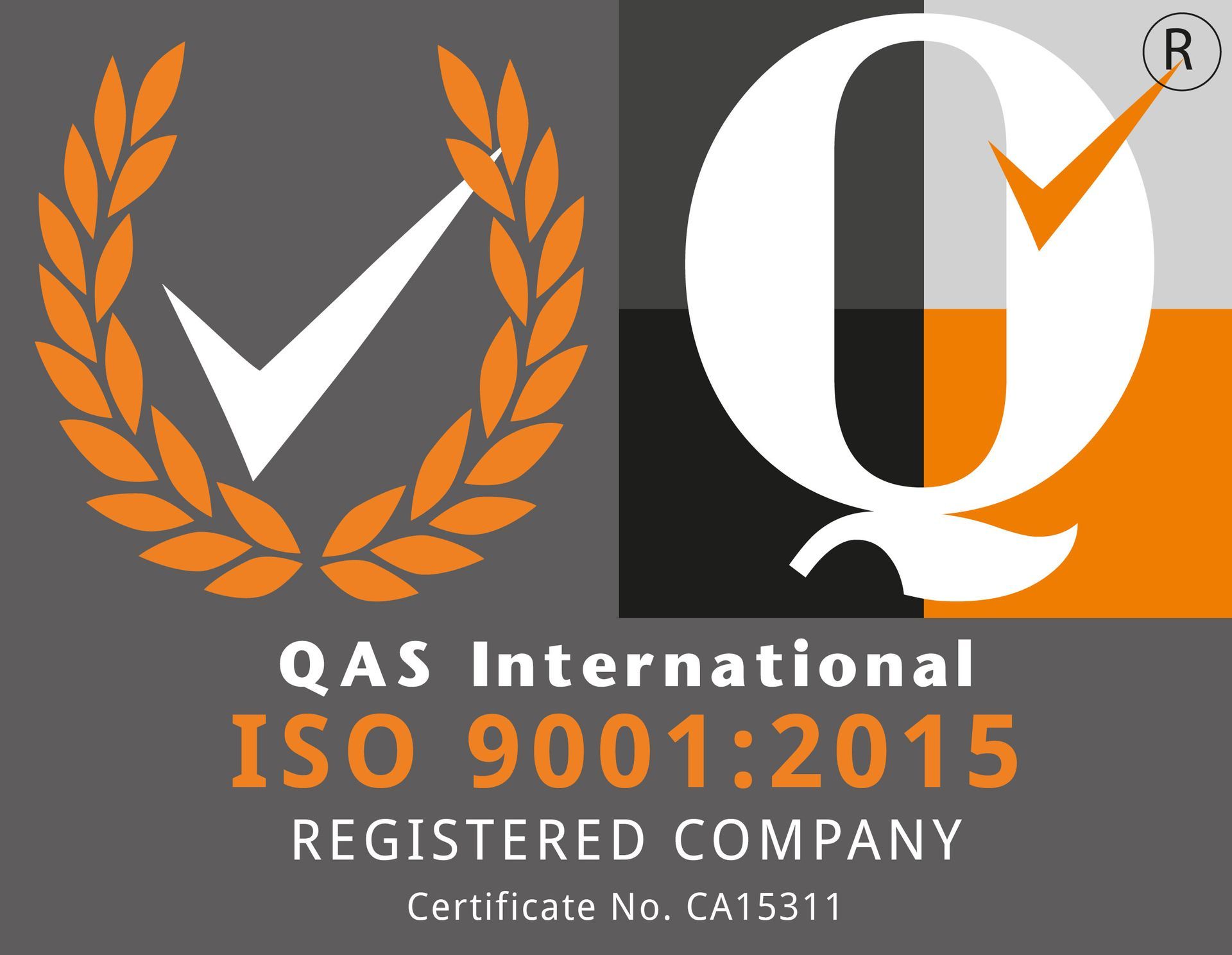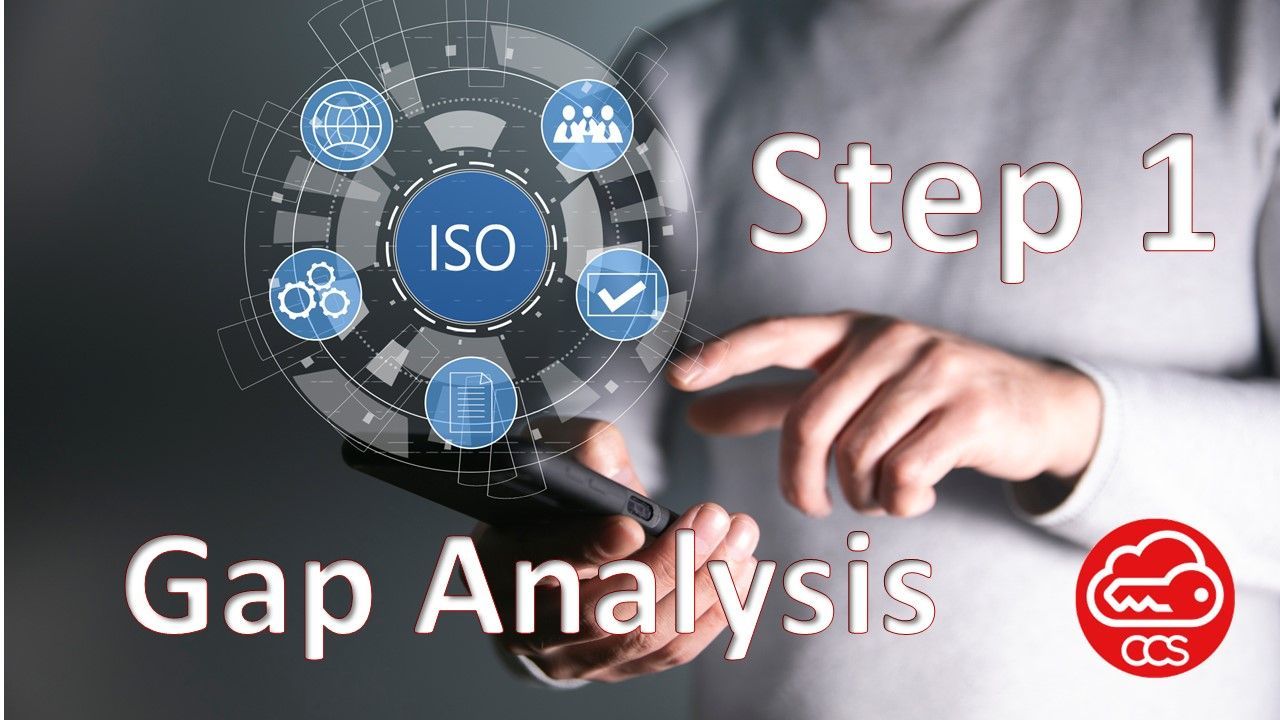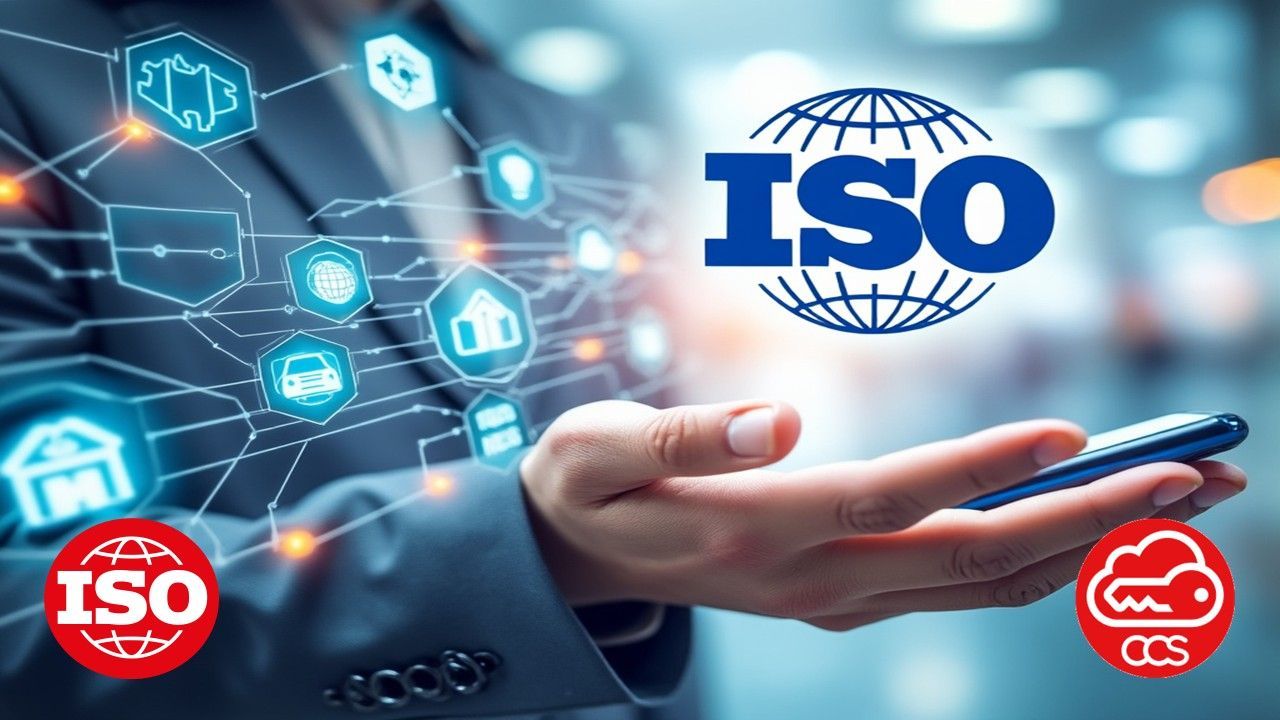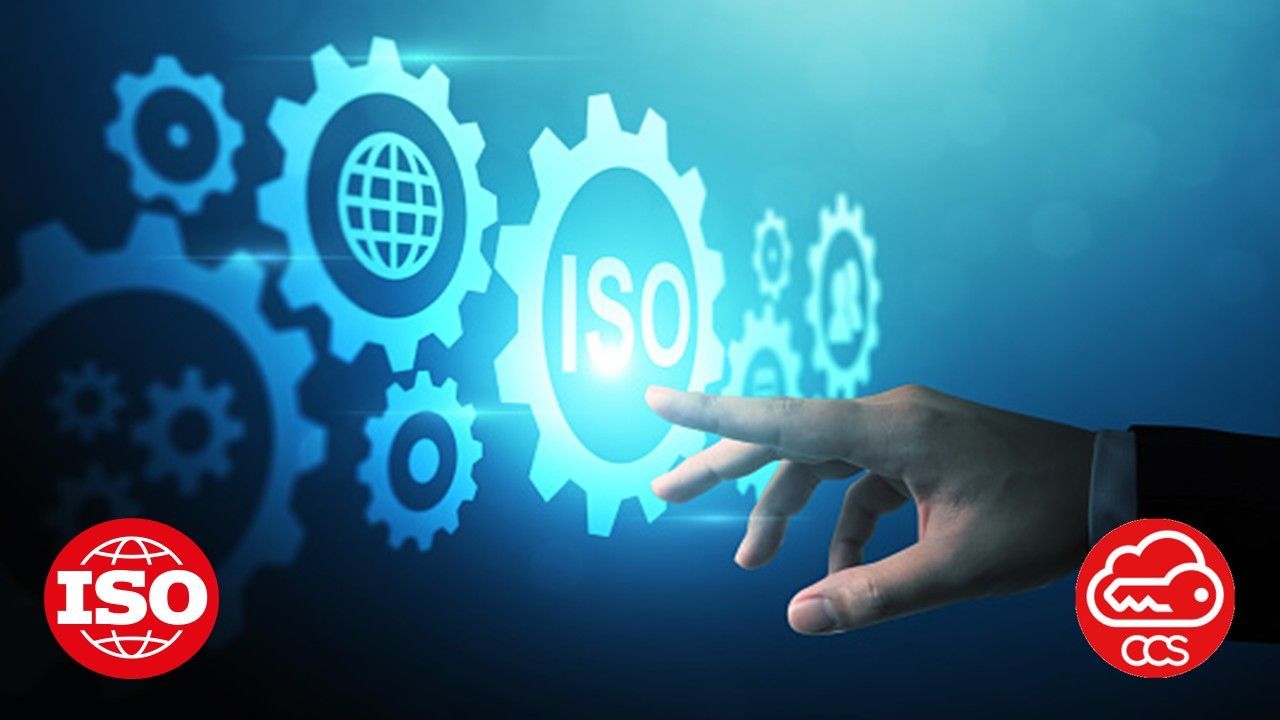To maximise your investment and get the most out of your ISO certification, you can consider working with an ISO consultancy company like CCS, that offers additional services, such as new ISO Implementations, ISO Auditor Training, Internal Audits, Management System Reviews , ISO Managed Services, Pre-Audit Assesments, and integrating multiple existing management systems.
Assessing Your Readiness:
Step 1 - ISO Gap Analysis
Embarking on the ISO journey begins with a crucial initial phase – the ISO Gap Analysis, Step 1. This step is pivotal in gaining insight into your organization's current state and determining the necessary steps for enhancement. The significance of the Gap Analysis lies in its ability to shed light on the gaps in your processes and unveil areas that require development for the creation of your ISO management system documentation in Step 2.
Before we delve in to Step 1, let's review the steps you are about to embar on.
CCS 5-Step Process Overview:
- Gap Analysis - Identifying Key Areas:
- Purpose: Assess existing management systems to identify improvement areas.
- CCS Role: Meticulously analyse your systems, providing a roadmap for ISO implementation.
- Documentation Development - Building a Strong Framework:
- Purpose: Develop necessary procedures and documentation aligned with ISO standards.
- CCS Role: Assist in crafting a robust framework, ensuring compliance with chosen ISO standards.
- Documentation Review & Presentation - Crafting a Cohesive Narrative:
- Purpose: Align documentation with organizational objectives and ISO standards.
- CCS Role: Work collaboratively to present a cohesive narrative showcasing dedication to excellence.
- Adoption of Standard - Embracing ISO Principles:
- Purpose: Implement chosen ISO standards effectively in both documentation and practice.
- CCS Role: Guide and empower your organization to understand and apply ISO standards with precision.
- Certification - The Ultimate Achievement:
- Purpose: Attain formal recognition of compliance with ISO standards.
- CCS Role: Support you in the final certification phase, ensuring your organization is fully prepared.
Step 1 - ISO Gap Analysis
Assessing Your Current Management System:
During the Gap Analysis, our CCS consultants collaborate closely with your organization to conduct a comprehensive examination of your existing management system. This involves scrutinizing processes, procedures, documentation, and practices to pinpoint strengths, weaknesses, and areas that need improvement. Importantly, we acknowledge that some organizations might not have a documented management system. Therefore, the Gap Analysis serves as a tool to comprehend how your organization currently operates, highlighting gaps in processes, and outlining what needs to be developed for the documentation of your ISO management system in Stage 3.
This thorough evaluation offers a holistic view, acting as a benchmark against the requirements of the desired ISO standard. As a result, it sets the stage for a seamless transition to Step 2 – Documentation Development, ensuring a successful journey towards ISO standards adoption.
Assembling the Gap Analysis Team:
Establishing an effective management system through the implementation of an ISO standard involves a critical step: conducting a comprehensive Gap Analysis within the organization. This process is facilitated by assembling a diverse team of key stakeholders, each contributing their expertise in alignment with the requirements of the chosen ISO standard.
Here are key stakeholders who should be involved in the Gap Analysis, with their corresponding ISO standards:
ISO Standard-Specific Role:
- Quality Management Representative (ISO 9001):
- Why: Overseeing quality management efforts, ensuring alignment between current measures and ISO 9001 requirements, providing insights into quality policies, procedures, and controls.
- Environmental Management Representative (ISO 14001):
- Why: Engaged in environmental management, their participation is vital for understanding environmental aspects, impacts, and ensuring alignment with ISO 14001 requirements.
- Occupational Health and Safety Representative (ISO 45001):
- Why: Essential for identifying and assessing health and safety risks, ensuring compliance with ISO 45001 standards, and promoting a safe working environment.
- Information Security Representative (ISO 27001):
- Why: Critical for safeguarding information assets, their involvement ensures compliance with ISO 27001 requirements, addressing risks related to information security.
- Energy Management Representative (ISO 50001):
- Why: Key for evaluating energy-related practices and ensuring alignment with ISO 50001 standards, contributing to energy efficiency and sustainability goals.
- Business Continuity Representative (ISO 22301):
- Why: Focused on business continuity, their participation ensures preparedness for disruptions, aligning business processes with ISO 22301 requirements.
General Roles for All ISO Standards:
Regardless of the specific ISO standard chosen, the following stakeholders should attend the gap analysis, and CCS will guide you in determining the appropriate ones during the kick-off meeting.
- Process Owners and Managers (in-house or external):
- Why: Directly engaged in implementing and maintaining measures related to the chosen ISO standard.
- Risk Management Team:
- Why: Essential for identifying and assessing risks associated with the chosen ISO standard, ensuring a comprehensive examination of vulnerabilities and threats.
- Legal and Compliance Representatives:
- Why: Critical for ensuring compliance with laws and regulations related to the chosen ISO standard.
- Human Resources (HR) Representatives:
- Why: Acknowledging the significance of human factors, HR representatives contribute by assessing employee awareness, training, and adherence to the chosen ISO standard.
- Supply Chain and Procurement Specialists:
- Why: Key for ensuring quality inputs and outputs in the supply chain, evaluating preparedness for disruptions, and identifying gaps in procurement processes related to the chosen ISO standard.
- Key Business Process Owners:
- Why: Each business process interacts with and influences measures related to the chosen ISO standard. Involving process owners ensures a comprehensive analysis addressing specific needs and challenges.
- Executive Management Representatives:
- Why: Crucial for providing strategic support across the chosen ISO standard, ensuring alignment of organizational goals with the standard's objectives.
- Internal Audit Team:
- Why: Their involvement aids in preparing for future external audits related to the chosen ISO standard, ensuring ongoing compliance and readiness for scrutiny.
- Customer Service and Feedback Representatives:
- Why: Focused on customer satisfaction related to the chosen ISO standard, contributing to understanding customer expectations and identifying gaps affecting the overall experience.
Incorporating perspectives from these diverse stakeholders ensures a holistic and focused Gap Analysis, promoting effective implementation and continual improvement within the context of the chosen ISO standard(s).
Identifying Gaps and Recommendations:
Based on the assessment, we will identify the gaps between your current practices and the requirements of the target ISO standard(s). These gaps represent areas where your organisation needs to focus its efforts to align with the standard's expectations. The Gap Analysis report prepared by us will provide you with a clear understanding of the steps and changes necessary to achieve the required ISO standard. This report serves as a roadmap for your ISO implementation journey, outlining specific actions, timelines, and resources needed to bridge the identified gaps.
Moving Forward to Step 2 - Documentation Development:
Once you have reviewed the Gap Analysis report and approved the findings, CCS will support you in your journey towards full ISO implementation and certification by moving to Step 2 where we will meticulously craft procedures and documentation tailored to your organization's needs, where we lay the groundwork for a management system that not only meets the stringent requirements of ISO standards but also propels your organization towards sustainable success.





